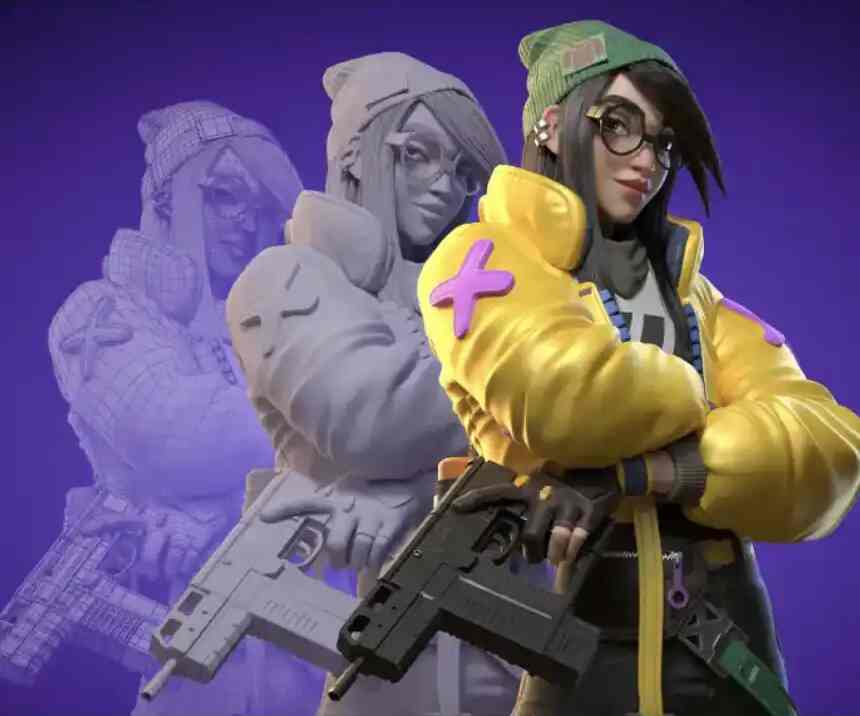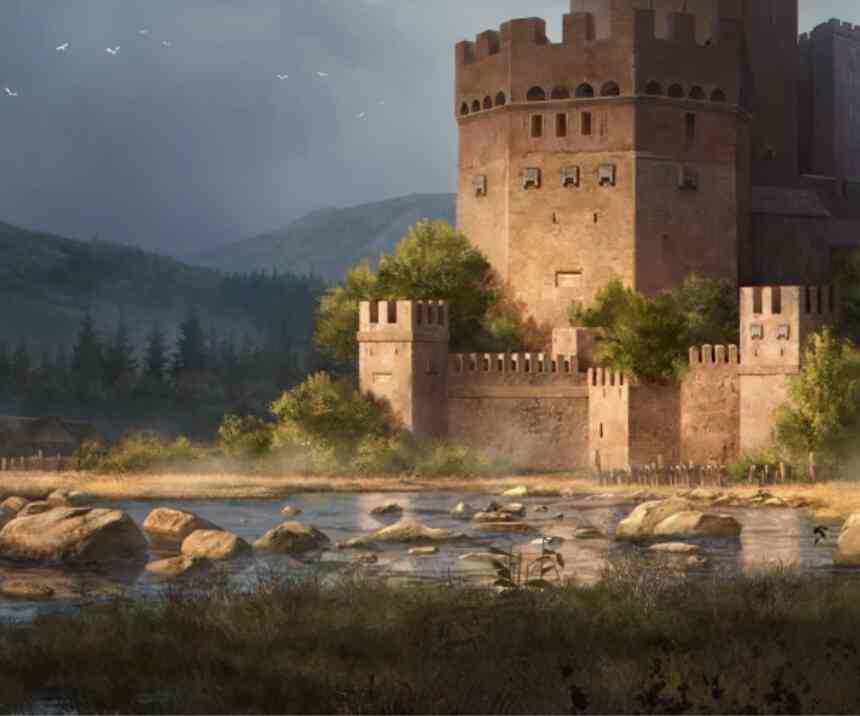EVERYTHING YOU SHOULD KNOW ABOUT INDIE GAME DEVELOPERS

If high-budget AAA titles fail to entertain and surprise you, then you should take a look at indie games. This is probably the purest form of game development because these projects are created by enthusiasts who are not afraid to experiment. Today indie game developers are responsible for the bravest and boldest titles on the market. But what does it take to be successful in this field? Let's find out!
THE TRUTH, FACTS, AND MYTHS ABOUT INDIE GAME
DEVELOPERS
WHAT IS INDIE GAME DEVELOPMENT?
Usually, big game developers work in established companies and produce amazing titles you know and love. Big projects normally have a publisher that finances the development, takes care of all marketing needs as well as release and post-release routines. On the other hand, there are independent game developers that create games without any obligations to suits and moneybags.
Unlike many major studios that produce high-budget AAA titles, game-loving enthusiasts usually work in small groups. Indie game developers are not afraid to put their bravest and riskiest ideas to the test. They often prefer not to follow the industry standards and make games as they see fit without fantasizing about millions of copies sold and commercial success.
Sure, the gaming industry is one of the most lucrative and rich digital markets, but indie studios rarely get a slice of that money cake. However, there are also stories of major success like Minecraft that motivate more developers to try themselves in this field. Due to the availability of tutorials/courses and the gradual simplification of the development process, more indie gaming companies appear on the scene. Whether they succeed or not often depends on pure luck.
HOW TO GET STARTED WITH INDIE?
Let us assume that you have come up with a fantastic idea for your game. Or maybe you have a bunch of vague ideas that can be turned into something bigger if put together correctly. Now you need a structured plan to follow step by step and make your project come to life. Unfortunately, there is no shortcut or magic button that will transform your concepts into reality. However, teams of dedicated specialists and studios can give you a proper consultation or provide the services required. This is going to be your starting point.
We believe that consultation with industry experts is a must in the beginning. Why? Because if you are new to game development, you don’t know how much a project or its particular features will cost and how long it will take to finalize them. This covers all aspects, including game design development, drawing concept art, programming, testing, and other things that must be done. Once you get at least approximate numbers on costs and time, you will have a clear scope of your project. This information will be enough to decide whether you got enough resources for the endeavor and proceed or change something fundamentally in your plan.
WHAT’S BREWING INSIDE AN INDIE STUDIO?
Working processes in indie gaming companies can differ from the ones in huge established studios. Obviously, it is much easier to organize and manage a small team of 5-10 than multiple departments with 50-100 members in total. Nevertheless, it takes a talented leader to assess the strength of his team sensibly and set reasonable deadlines.
Small collectives can be more productive at times if the people working in them genuinely love what they do. Indie studios don’t rely on the classic «I’m the boss - you do what I say» scheme. Independent game developers must feel united, be one organism, where every piece is integral. All personnel must be willing to do what is needed, and there is no place for “not my job” discussions. Each working day and each meeting must be productive and reasonable.
MOST SUCCESSFUL INDIE GAMES
Independent projects can be bold, can experiment with various game mechanics and concepts freely, thus provoking extraordinary (sometimes - controversial even) emotions in players. You must have heard big success stories of indie game creators that prove that you don’t need thousands of people and tons of money to create a fantastic product. Sometimes just bare faith and dedication to the cause is enough. To back up this statement, we would like to present to you our list of top-5 successful indie games. There is no particular order in the list, so don’t pay too much attention to the game’s position on it.
Minecraft
Release date: November 18, 2011 (official)
Platforms: Windows, Linux, macOS, PS3+, Xbox 360+
Developer: Mojang Studios
Sold: 238 million copies
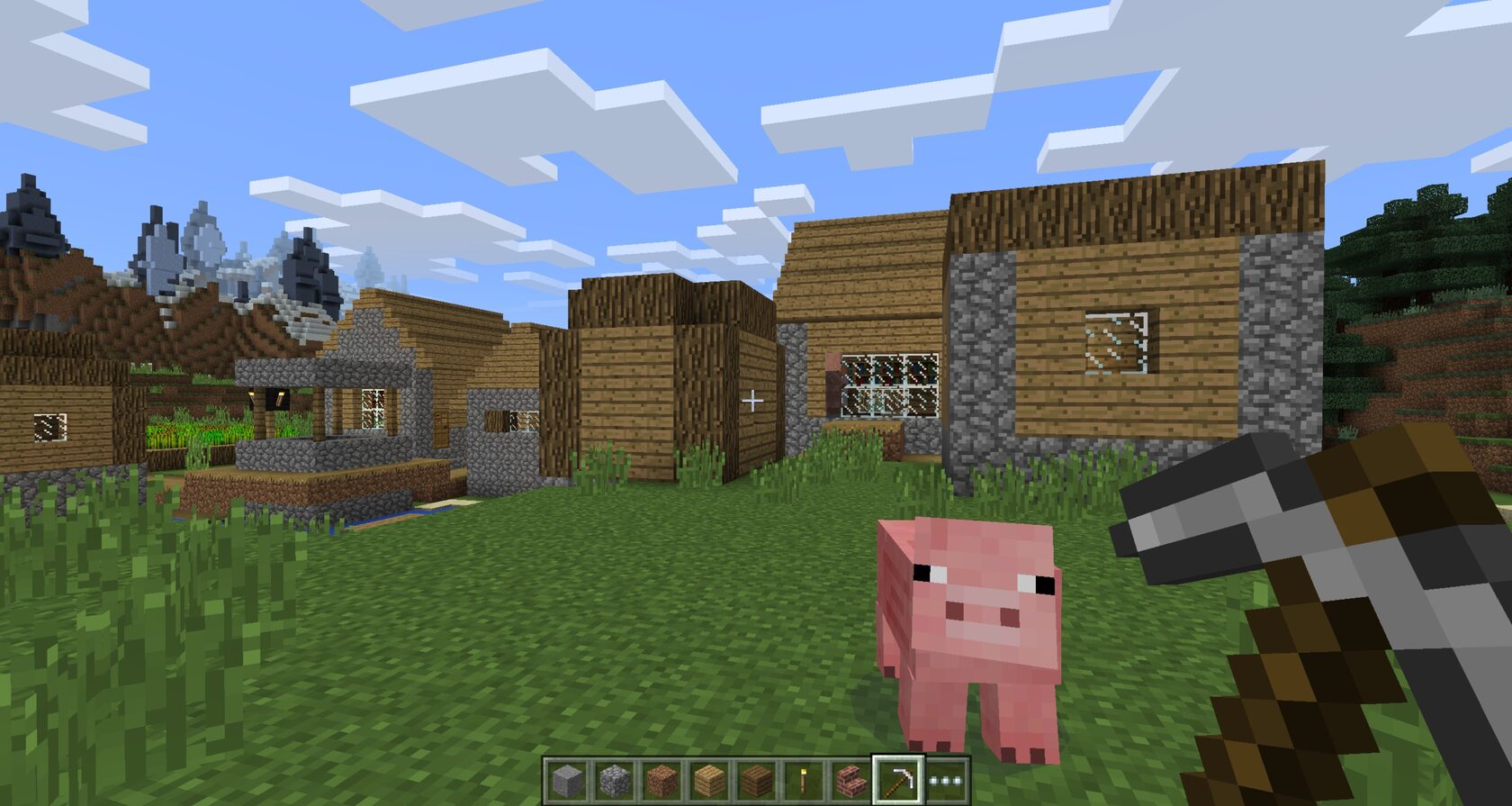
Release: July 21, 2010 (Xbox Live Arcade)
Platforms: all platforms
Developer: Playded
Sold: over 6 million copies

Release: May 16, 2011
Platforms: all platforms
Developer: Re-Logic
Sold: over 35 million copies
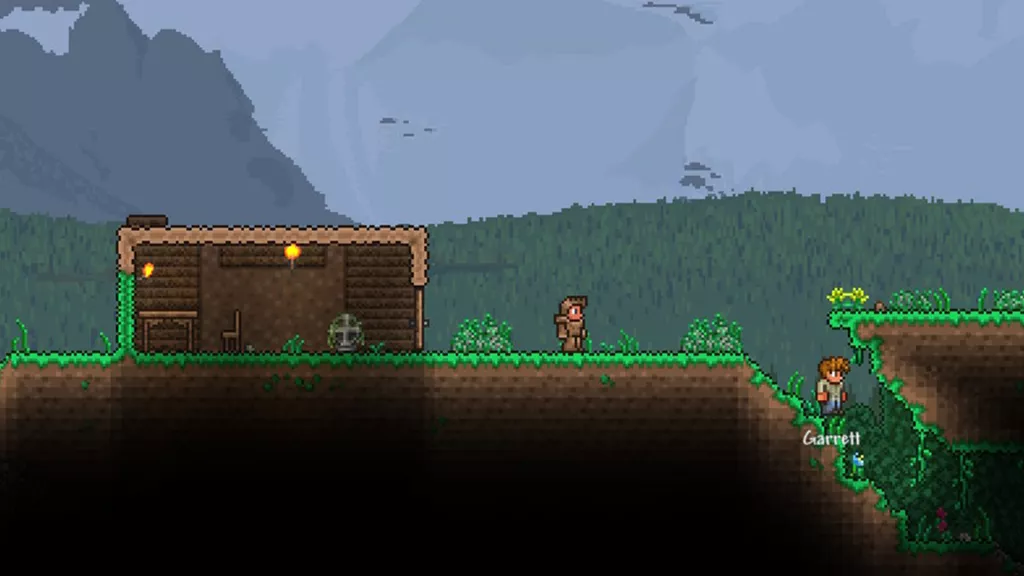
Release: September 29, 2017
Platforms: Windows, macOS, Nintendo Switch, PS4, Xbox One
Developer: Studio MDHR
Sold: over 6 million copies
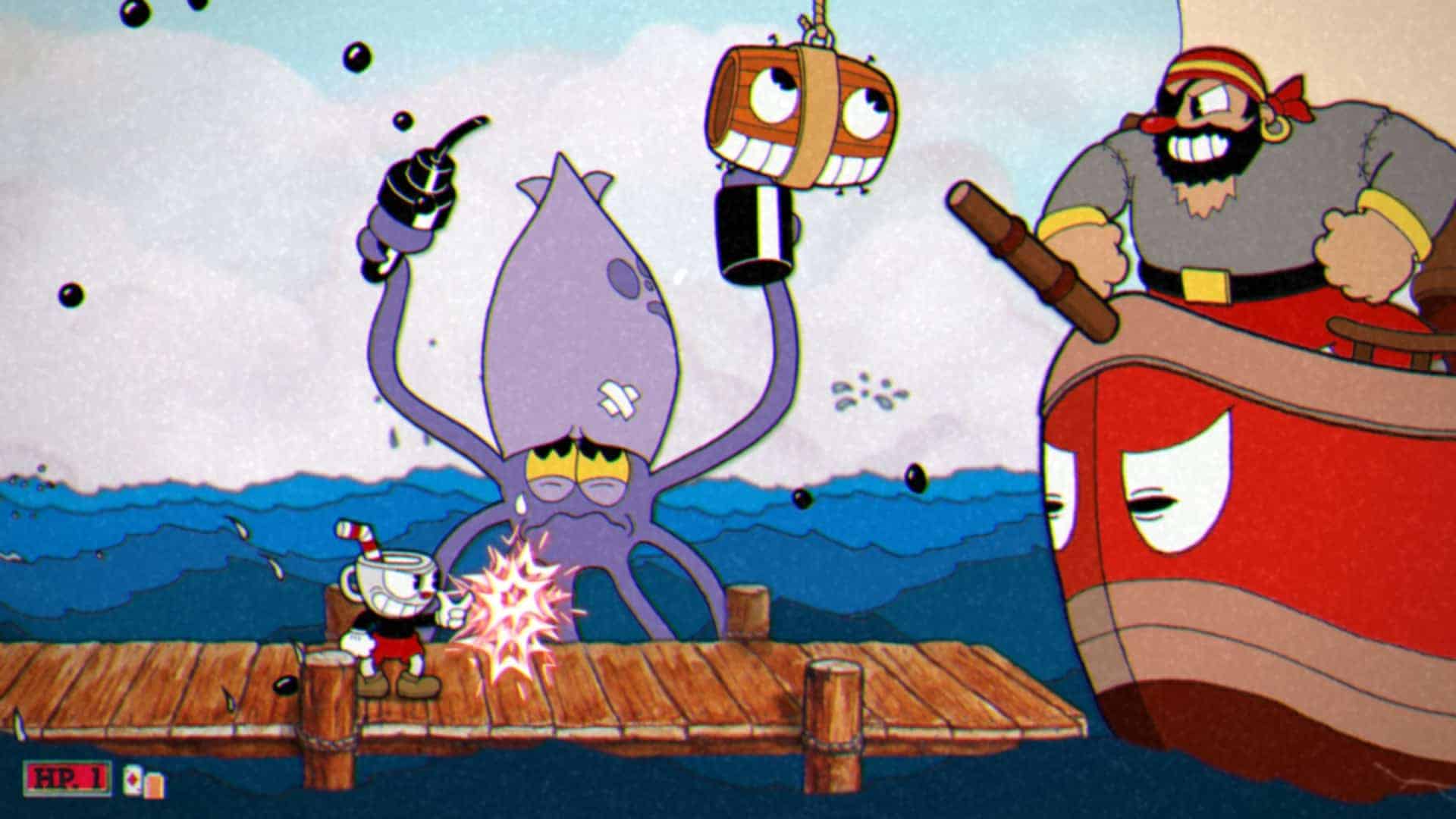
Release: October 20, 2010
Platforms: Windows, macOS, Linux, Xbox 360, PS4, PS Vita, Wii U, Nintendo Switch
Developer: Team Meat
Sold: over 2 million copies
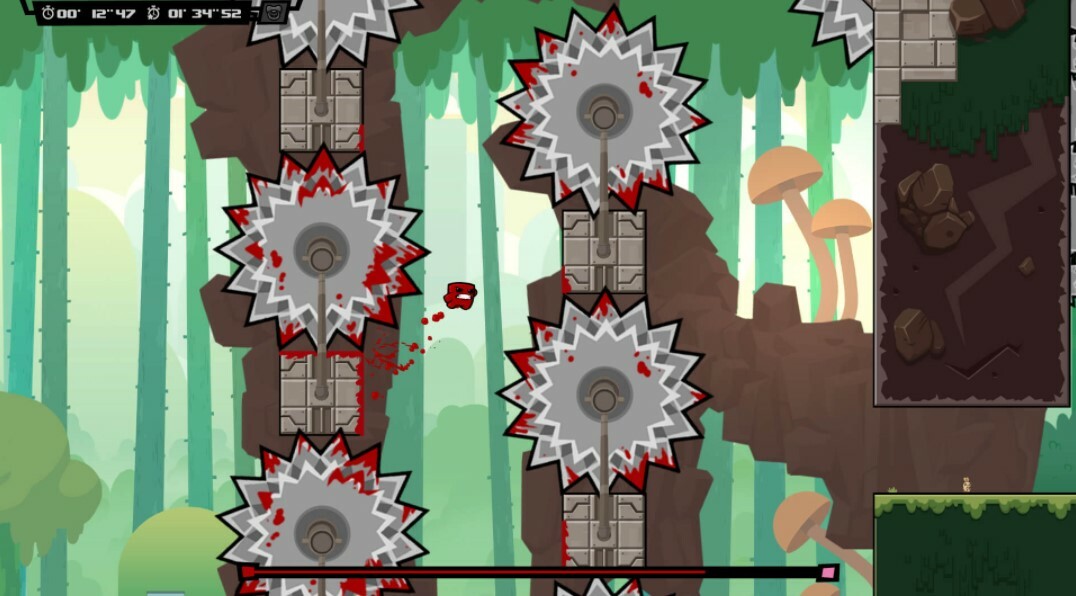
NFT GAMES WAVE
With all the recent hype around cryptocurrencies, the field of non-fungible tokens or NFTs has also received its share of interest. These tokens use blockchain technology and represent various objects that exist in one copy. So, for example, a real painting or mp3 file with a song can have a unique NFT attached to it, and that token will have a monetary value, which means it can be sold.
This technology could not stay away from the gaming industry for too long, and as a result, today, we have NFT games where players can earn crypto rewards. Different in-game objects and items can be tokenized and sold. How about a collection of swords or maybe a garage full of futuristic supercars – all with their own NFTs? For this to work, a game must have certain trading and collecting mechanics. Otherwise, players won’t be able to produce and sell tokens. Each NFT game has its own rules regarding token trading and crypto rewards for players. In some cases, it is even possible to have regular income from playing.
But what’s in it for indie game creators? Lots of attention and powerful advertising for the project (if done correctly). Cryptocurrencies bring potential investors (players) that look for promising projects that can become the next Minecraft so to say. Having an early start in such games with NFTs allows hoarding a vast collection of unique things to sell later on. The more players come to your game, the more funds you have to support and improve it.

CHALLENGES INDIE GAMING COMPANIES FACE
Small independent teams of developers can be easier to manage compared to huge studios, but there are other significant challenges to deal with.
Lack of experience or particular skills
It is not uncommon for passionate indie developers to have a great idea but not enough experience or expertise to turn it into a game. Some projects struggle with main gameplay elements; some don’t have intuitive interfaces; others lack content, and so on. It is understandable: without professional developers in each department, you cannot create a working game. That is why the indie market used to be full of low-quality games.
Poor marketing
One of the main reasons why indie games fail is the lack of funding for effective PR campaigns. You cannot underestimate the power of marketing today. Big companies are willing to spend millions on ads and promotions with popular bloggers, artists, and movie stars. Unfortunately, even a powerful PR campaign does not necessarily guarantee that your game will be commercially successful with millions of copies sold. But indie game creators have practically zero chances to get noticed without advertisements and promos.
Oversaturated market
The number of indie releases per year began to grow almost exponentially in past years. Most indie gaming companies chose to release on Steam because new titles on the platform rarely got a thorough examination. Back in the day, the store was flooded with low-quality projects, famous games clones, and even fraudulent programs that had mined cryptocurrency unbeknownst to users. Eventually, Steam decided to end this madness and closed the Greenlight program in favor of their new initiative called Steam Direct. Now Valve’s specialists spend days checking if a new indie game meets the platform’s requirements. However, the market still stays overcrowded with indie titles of questionable quality.
Starting small
If you plan to make your dream game, you probably should not start working on it without practice. It would be better to create a few small games first to see how it goes and how it works. After completing and releasing several titles, you will understand all processes better and will be ready to take on the game you always wanted to build.
Funding
LOOKING FOR A DEVELOPMENT PARTNER
Established indie developers have all the necessary skills, experience, and vision for producing and promoting video games. In addition to that, they have a motivated desire to move forward fueled by their previous success. They are determined to expand their knowledge in programming, designing, graphics, marketing, and so on. But what to do if you are a rookie in the gaming industry but still want to make games? Look for a reliable development partner, of course!
Today it is common to cooperate with dedicated studios that have experience in game development. The experts will gladly consult you and introduce you to the basics of game making. In the beginning, proper advice can make a world of difference and save you a lot of trouble. That is why here, at Argentics, we prefer a structured approach when working with all our clients. Whether it is going to be a partial outsource job or a fully-fledged project development from A to Z, our specialists will support you on all stages.
And here is a quick list of “to-dos” for beginner independent game developers:
- Focus on the quality of your games, not quantity or length. It is better to release a small solid game than a half-baked frankenstein without enough content.
- Participate in regular brainstorms with your team and development partners. Therefore, you can come up with original ideas to complement your project.
- Leave the marketing to professionals: drawing promotional art, making video ads, writing press releases – not your job. Instead, keep the focus on the game.
- Test game features and mechanics in practice, not on paper. No matter how strange some suggestions might sound, they still deserve to be tested. Maybe they will become a big hit.
FINAL THOUGHTS

